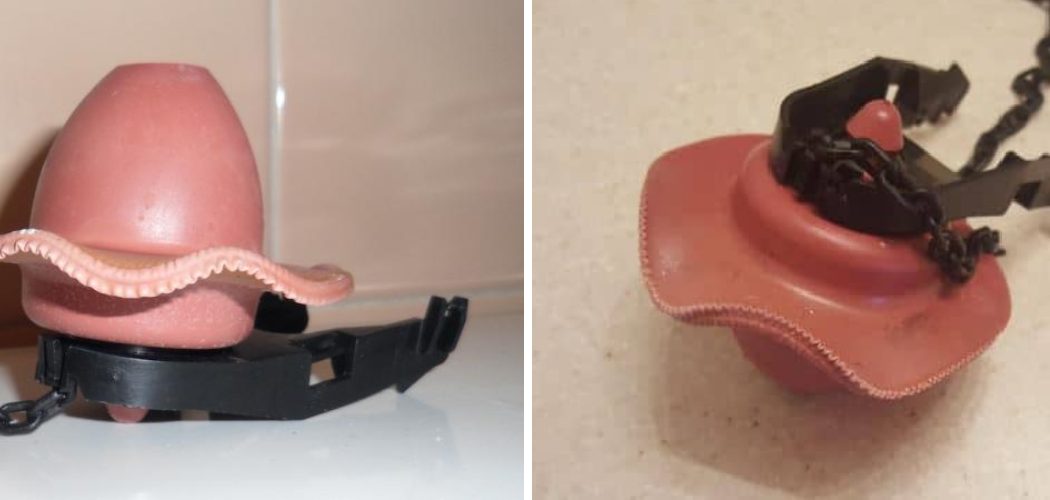A malfunctioning toilet flapper can lead to a myriad of issues, from water wastage to an incessantly running toilet. Identifying whether your toilet flapper is in need of replacement is a crucial skill for homeowners seeking to maintain water efficiency and prevent potential damage. In this insightful guide, we will explore how to know if toilet flapper is bad. From conducting simple visual inspections to performing a dye test to detect leaks, we’ll provide a comprehensive overview of the diagnostic process.
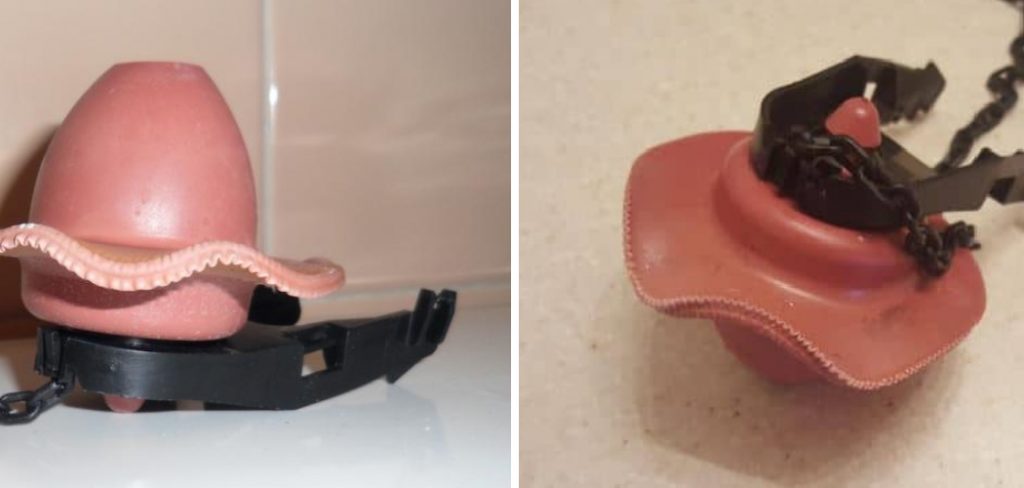
Understanding the symptoms of a deteriorating flapper empowers individuals to address the issue promptly, restoring proper toilet function and curbing unnecessary water usage. Say goodbye to the frustrations of a faulty flapper as we unravel the indicators signaling its decline and guide you towards a swift and effective resolution.
Importance of a Functioning Toilet Flapper
A toilet flapper may seem like a small and insignificant part of a toilet, but it plays a crucial role in the overall functionality of the toilet. The flapper is responsible for controlling the flow of water from the tank into the bowl when flushing, and ensuring that the tank remains full until the next flush.
A malfunctioning or faulty toilet flapper can lead to numerous issues and inconveniences, such as constantly running water, low water levels in the tank, and even complete toilet failure. It is essential to be aware of the signs that indicate a bad toilet flapper so you can promptly address any issues and prevent potential problems.
Signs of a Bad Toilet Flapper
There are several indicators that your toilet flapper may need replacing or repair. These include:
- Constantly Running Water: If you hear your toilet continuously running even when it is not in use, it could be a sign that the flapper is not sealing properly. This can lead to wasted water and higher utility bills.
- Low Water Levels in the Tank: When the flapper fails to seal correctly, water will constantly leak from the tank into the bowl, resulting in a lower water level. This can affect the flushing power of the toilet and require multiple flushes to clear waste properly.
- Difficulty Flushing: If you notice that your toilet is not flushing as efficiently as before or requires multiple attempts to flush waste down, it could be due to a bad flapper. The inadequate seal may not allow enough water to enter the bowl, resulting in a weak flush.
- Visible Wear and Tear: Over time, the rubber material of the flapper can deteriorate or become damaged, causing it to lose its effectiveness. If you notice any visible cracks or tears on the flapper, it is likely time for a replacement.
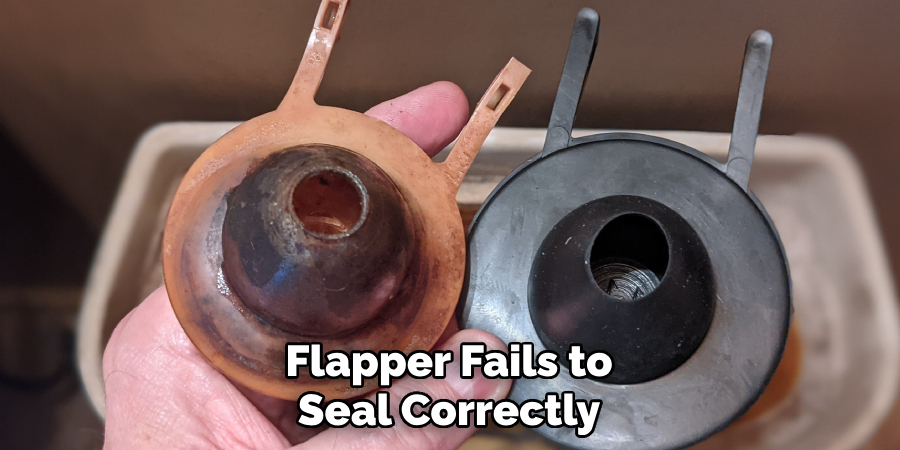
10 Methods How to Know if Toilet Flapper Is Bad
1. Visual Inspection
The first method to determine if your toilet flapper is bad is to do a visual inspection. Lift the lid of your toilet tank and take a look at the flapper. If you notice any cracks, tears, or discoloration, it’s likely time for a replacement.
2. Listen for Leaks
Another way to tell if your toilet flapper is bad is to listen for leaks. If you hear water running constantly in your toilet even when it’s not in use, it could be a sign that the flapper is not sealing properly and needs to be replaced.
3. Check for Water Level Changes
A faulty flapper can also cause changes in the water level of your toilet bowl. If you notice that the water level is lower than usual after flushing, it could be due to a worn out flapper that is not allowing enough water to enter the bowl.
4. Conduct a Dye Test
To confirm that your toilet flapper is indeed bad, you can conduct a dye test. Add a few drops of food coloring into the tank and wait for 15 minutes without flushing. If the dye appears in the bowl, it means that the flapper is not creating a proper seal and needs to be replaced.
5. Look for Mineral Buildup
Mineral buildup on the flapper can also affect its performance and lead to leaks or other issues. Take a close look at the underside of the flapper and clean off any mineral deposits that may have accumulated over time.
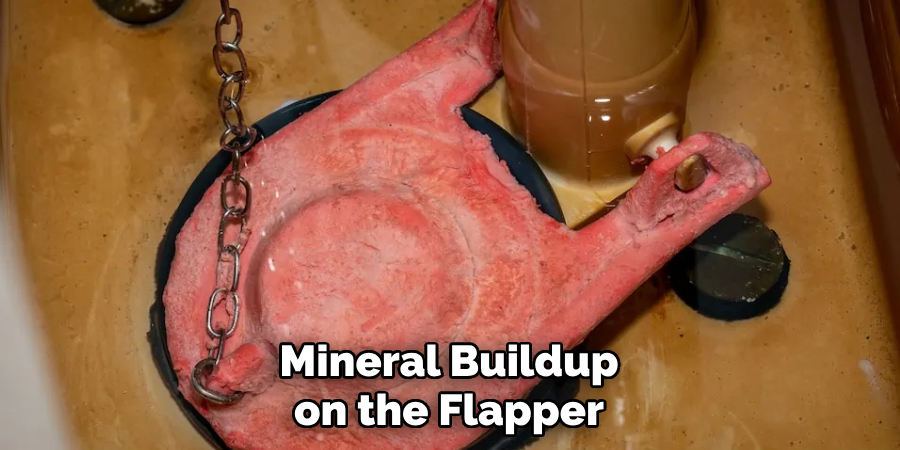
6. Check Chain Length
The chain connecting the flush lever to the flapper should have just enough slack so that it doesn’t get stuck under the flapper when flushed. If it’s too long or too short, it can cause problems with how well the flapper seals.
7. Inspect Flushing Mechanism
If you’re still unsure if your toilet flapper is bad, you can inspect the flushing mechanism itself. If you notice any rust or corrosion on the parts, it could be causing issues with the flapper’s performance.
8. Test Flushing Speed
A worn out flapper can also cause slow flushing speeds, which can be a sign of a bad flapper. Flush your toilet and time how long it takes for the tank to empty. If it’s taking longer than usual, it could be due to a faulty flapper.
9. Check for Mold or Mildew
In addition to physical damage, mold or mildew growth on the flapper can also indicate that it needs to be replaced. This can occur if there is constant moisture in the tank, which can prevent the flapper from sealing properly.
10. Replace Flapper Every 5 Years
Lastly, one of the best ways to ensure your toilet flapper is not bad is to replace it every 5 years. This will help prevent any potential issues and keep your toilet functioning properly.
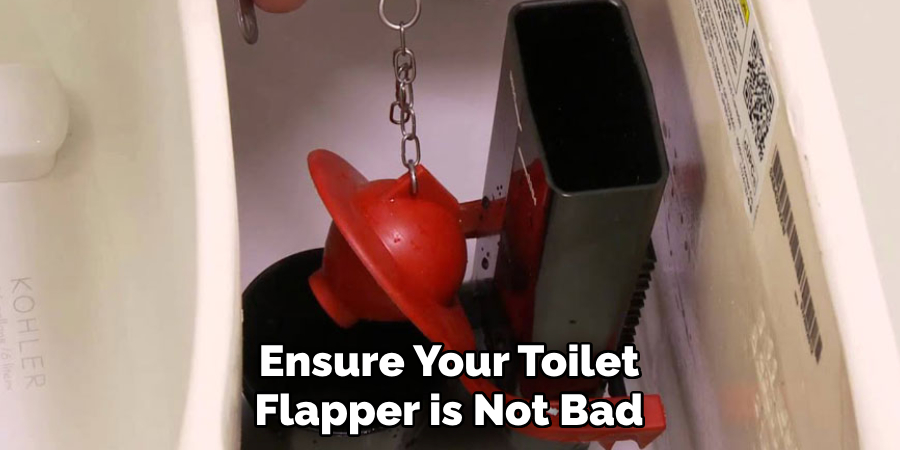
Things to Consider When Replacing Your Toilet Flapper
As a homeowner, it’s important to know how to identify and fix common plumbing issues. One issue that can cause frustration is a faulty toilet flapper. The toilet flapper is the rubber valve located in the bottom of your toilet tank that controls the flow of water into the bowl when you flush.
A bad flapper can result in constantly running water, which can waste a significant amount of water and increase your water bill. In this guide, we will discuss how to determine if your toilet flapper is bad and what you should consider when replacing it.
Identifying a Bad Toilet Flapper
The first step in knowing if your toilet flapper needs to be replaced is to identify the problem. Here are some telltale signs that your toilet flapper may be bad:
- Constantly Running Water: As mentioned before, a faulty flapper can result in the constant flow of water from the tank into the bowl. If you hear your toilet running even when it hasn’t been flushed, there’s a good chance that the flapper needs to be replaced.
- Difficulty Flushing: A worn or damaged flapper may not stay open long enough to allow a full flush, resulting in a weak or incomplete flush.
- Visible Wear and Tear: If you notice any cracks, tears, or warping on your flapper, it’s definitely time for a replacement. Flappers can also become discolored or hardened over time, which can affect their performance.
- Water Leaks: A flapper that isn’t sealing properly can result in water leaking from the tank into the bowl. This can lead to a constantly refilling tank and higher water bills.
Common Mistakes to Avoid When Replacing a Toilet Flapper
When it comes to toilet maintenance, one of the most common issues that homeowners face is a malfunctioning or damaged flapper. The flapper is an essential component of your toilet’s flushing mechanism, as it controls the flow of water from the tank into the bowl. If your flapper is not functioning properly, it can lead to frequent clogs, leaks, and a higher water bill.
Not Identifying the Correct Flapper
One of the most common mistakes when replacing a toilet flapper is not identifying the correct one for your specific toilet model. Each toilet has its own unique flapper, and using the wrong one can lead to improper sealing or flushing issues. It’s important to consult your toilet’s manual or bring your old flapper with you when purchasing a replacement to ensure you get the right one.
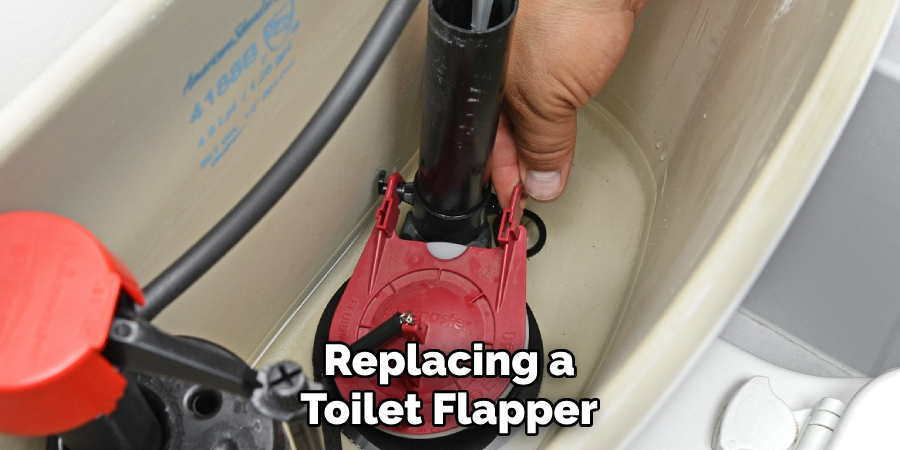
Not Turning off the Water Supply
Before attempting to replace a toilet flapper, it’s crucial to turn off the water supply. Many people forget this step and end up getting drenched in water when removing the old flapper. Make sure to locate and shut off the shutoff valve behind or below your toilet before proceeding with any repairs.
Conclusion
In conclusion, a faulty toilet flapper can lead to a number of issues in your bathroom, from continuous running water to high water bills. By being aware of the signs that indicate a bad flapper, such as ghost flushing and inconsistent flushes, you can save yourself time, money, and frustration in the long run. Regular maintenance and inspections of your toilet’s inner workings can also prevent any potential problems from arising.
So don’t hesitate to take action if you suspect your toilet flapper is bad – whether it’s replacing it yourself or calling a professional for help. Hopefully, this article gave you some helpful tips about how to know if toilet flapper is bad successfully, so now that you have the proper knowledge on how to get the job done, why not give it a try today?

